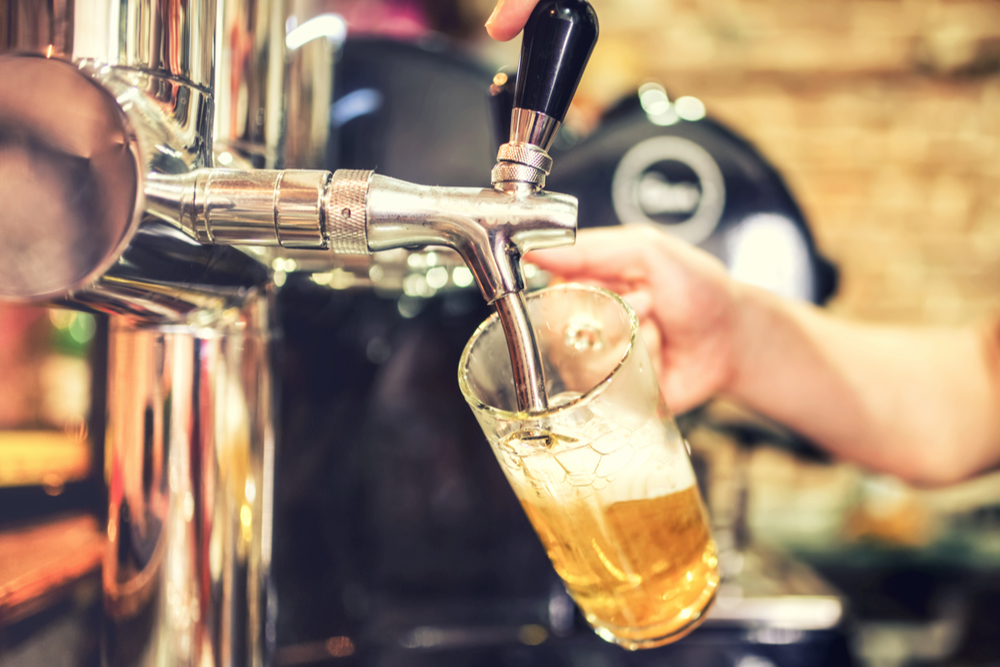The number of pubs in London has fallen by more than a quarter since 2001, but new figures from City Hall show a change in the downward pattern. Between 2017 and 2018 the count remained stable, with a handful of the capital’s boroughs even increasing their numbers.
The figures, published by the Mayor of London, Sadiq Khan, identified 3,540 pubs in the capital in March 2018 – an increase of 10 pubs from 2017.
A total of 11 boroughs saw an increase in pubs, with numbers staying the same in nine boroughs, but falling in 13 boroughs.
The boroughs to see an increase were Brent, Bromley, Croydon, Hackney, Harrow, Islington, Lambeth, Lewisham, Tower Hamlets, Wandsworth and Westminster.
The figures come after the Mayor revealed last month that the number of grassroots music venues in the capital has risen in the last year and the number of LGBTQ+ venues remained stable for a second year running, following a decade of decline for both.
Despite ongoing pressures, the traditional London pub remains a key part of life in the capital. A City Hall survey shows 74 per cent of Londoners think that they are important for the London’s cultural heritage, with 45 per cent visiting a pub at least once a month.
The main reasons for a visit are to socialise with friends (68%) and eat (27%). Pubs are also an important attraction for tourists, with previous research showing that 54% of international visitors visited one during their stay in the capital.
The mayor’s measures to support the pub trade and London’s cultural venues include: tough new planning rules to protect venues in his draft London Plan, establishing a Culture at Risk Office to help support pubs at risk of closure, and calling on the the Government to review its valuation policy for pubs following large rises in business rates.
As with the rest of the UK, London has seen a decline in pub numbers for decades, with the number of small pubs in London falling by more than half between 2001 and 2018.
However, these new figures show signs of improvement as the number of both small and large pubs in the capital have increased very slightly between 2017 and 2018. There are now more large pubs in the capital than there were in 2001.
Employment across the pub sector has also remained stable between 2017 and 2018 at 46,000. However, despite recent improvements, a large proportion of jobs in London pubs continue to be paid below the London Living Wage.
The Mayor of London, Sadiq Khan, said: “London pubs have been a key part of our capital’s heritage for generations, helping to unite Londoners and acting as a vital hub in the community.
“Sadly their numbers have been falling for decades, which is why I’ve been doing all I can to support the trade and turn this tide of closures. I’m encouraged by these results, but with pressure from rates, rent and development, it’s crucial that the Government and local authorities give them their full support too.”
Hannah Wright, of The Leytonstone Tavern, said: “After being empty for four years, and saved at the last minute by a community asset order, we were anxious but incredibly proud to give the neighbourhood back its pub.
“For us, a pub is more than just a place where you serve drinks. It’s a sanctuary for the whole community, existing to help people create real human connections and feel a sense of worth. And it needs to serve its locals.”
